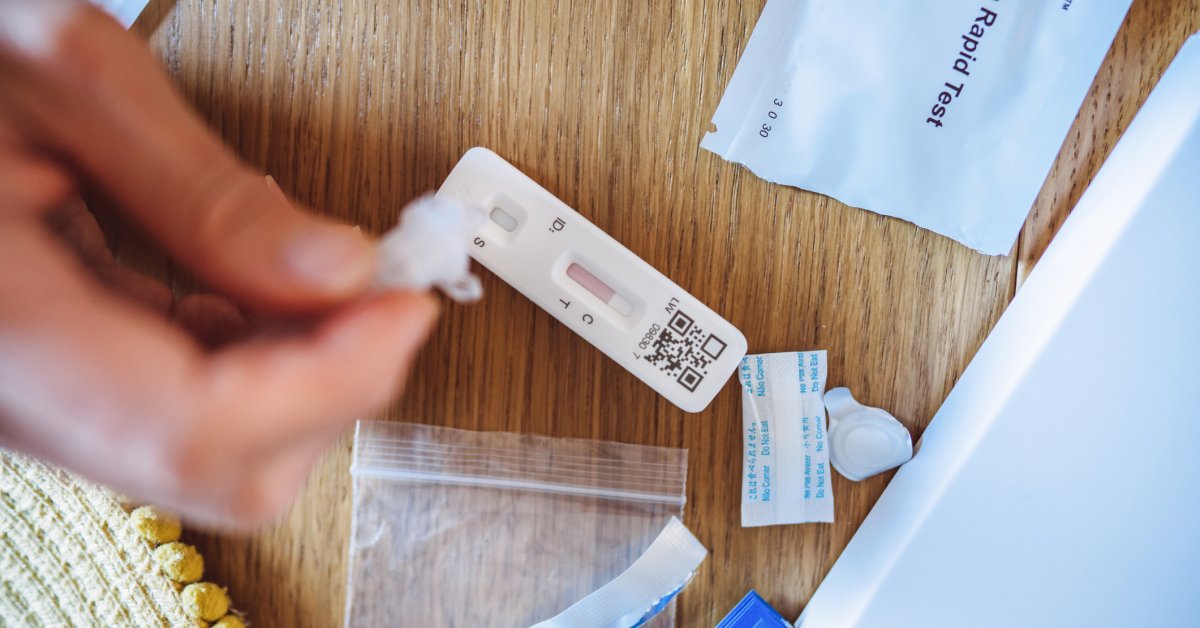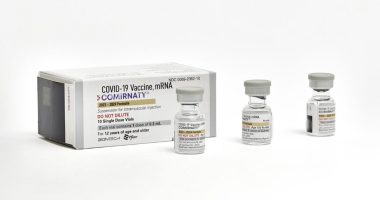JERUSALEM — New research suggests at least 17 million people in the European Union may have experienced Long COVID-19 symptoms during the first two years of the coronavirus pandemic, with women more likely than men to suffer from the condition, the World Health Organization said Tuesday.
The research, conducted for the WHO/Europe, was unclear on whether the symptoms that linger, recur or first appear at least one month after a coronavirus infection were more common in vaccinated or unvaccinated people. At least 17 million people met the WHO’s criteria of Long COVID-19—with symptoms lasting at least three months in 2020 and 2021, the report said.
“Millions of people in our region, straddling Europe and Central Asia, are suffering debilitating symptoms many months after their initial COVID-19 infection,” said Hans Henri P. Kluge, WHO Regional Director for Europe, during a conference in Tel Aviv.
The modeling also suggests that women are twice as likely as men to experience Long COVID-19, and the risk increases dramatically among severe infections needing hospitalization, the report said. One-in-three women and one-in-five men are likely to develop Long COVID-19, according to the report.
“Knowing how many people are affected and for how long is important for health systems and government agencies to develop rehabilitative and support services,” said Christopher Murray, director of the Institute for Health Metrics and Evaluation, which conducted the research for the WHO.
The research, which represents estimates and not actual numbers of affected people, tracks with some other recent studies on the constellation of longer-term symptoms after coronavirus infections.
A U.S. study of veterans published in Nature Medicine in May provided fresh evidence that Long COVID-19 can happen even after breakthrough infections in vaccinated people, and that older adults face higher risks for the long-term effects. The study showed that about one-third who had breakthrough infections exhibited signs of Long COVID.
A separate report from the Centers for Disease Control and Prevention found that up to a year after an initial coronavirus infection, 1 in 4 adults aged 65 and older had at least one potential Long COVID-19 health problem, compared with 1 in 5 younger adults.
Most people who have COVID-19 fully recover. But the WHO in Europe report on Tuesday estimated that 10% to 20% develop mid- and long-term symptoms such as fatigue, breathlessness and cognitive dysfunction.







